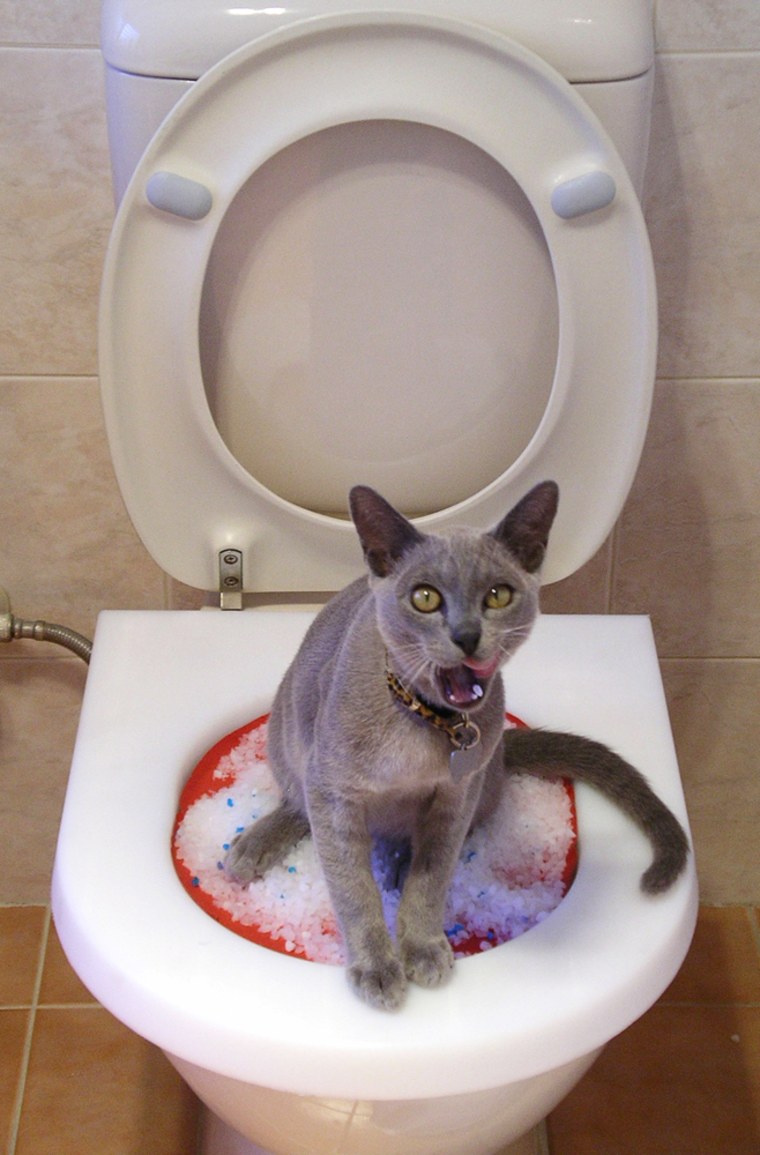Avoid Flush Cat Poop Down Your Toilet - Preserve Your House's Pipe System
Avoid Flush Cat Poop Down Your Toilet - Preserve Your House's Pipe System
Blog Article
Right here in the next paragraph you can locate some dependable content in regards to How to Dispose of Cat Poop and Litter Without Plastic Bags.

Intro
As cat owners, it's essential to bear in mind exactly how we take care of our feline friends' waste. While it might appear convenient to flush cat poop down the bathroom, this technique can have detrimental effects for both the environment and human health.
Alternatives to Flushing
Luckily, there are safer and extra responsible ways to take care of cat poop. Think about the complying with options:
1. Scoop and Dispose in Trash
One of the most typical approach of getting rid of feline poop is to scoop it into a naturally degradable bag and throw it in the trash. Be sure to use a dedicated clutter inside story and deal with the waste quickly.
2. Usage Biodegradable Litter
Select eco-friendly feline litter made from products such as corn or wheat. These trashes are environmentally friendly and can be safely dealt with in the trash.
3. Hide in the Yard
If you have a yard, think about hiding feline waste in a designated area far from veggie gardens and water sources. Be sure to dig deep sufficient to stop contamination of groundwater.
4. Set Up a Pet Waste Disposal System
Invest in a family pet garbage disposal system particularly made for feline waste. These systems use enzymes to break down the waste, lowering odor and ecological effect.
Health and wellness Risks
In addition to ecological concerns, purging feline waste can also posture health threats to humans. Pet cat feces may contain Toxoplasma gondii, a parasite that can cause toxoplasmosis-- a possibly severe illness, specifically for pregnant ladies and people with weakened immune systems.
Environmental Impact
Purging feline poop presents damaging virus and parasites right into the water system, posing a significant threat to aquatic communities. These pollutants can negatively influence aquatic life and compromise water top quality.
Final thought
Responsible family pet ownership expands past providing food and shelter-- it additionally includes appropriate waste administration. By avoiding purging feline poop down the commode and opting for alternative disposal methods, we can minimize our ecological impact and safeguard human health.
Why Can’t I Flush Cat Poop?
It Spreads a Parasite
Cats are frequently infected with a parasite called toxoplasma gondii. The parasite causes an infection called toxoplasmosis. It is usually harmless to cats. The parasite only uses cat poop as a host for its eggs. Otherwise, the cat’s immune system usually keeps the infection at low enough levels to maintain its own health. But it does not stop the develop of eggs. These eggs are tiny and surprisingly tough. They may survive for a year before they begin to grow. But that’s the problem.
Our wastewater system is not designed to deal with toxoplasmosis eggs. Instead, most eggs will flush from your toilet into sewers and wastewater management plants. After the sewage is treated for many other harmful things in it, it is typically released into local rivers, lakes, or oceans. Here, the toxoplasmosis eggs can find new hosts, including starfish, crabs, otters, and many other wildlife. For many, this is a significant risk to their health. Toxoplasmosis can also end up infecting water sources that are important for agriculture, which means our deer, pigs, and sheep can get infected too.
Is There Risk to Humans?
There can be a risk to human life from flushing cat poop down the toilet. If you do so, the parasites from your cat’s poop can end up in shellfish, game animals, or livestock. If this meat is then served raw or undercooked, the people who eat it can get sick.
In fact, according to the CDC, 40 million people in the United States are infected with toxoplasma gondii. They get it from exposure to infected seafood, or from some kind of cat poop contamination, like drinking from a stream that is contaminated or touching anything that has come into contact with cat poop. That includes just cleaning a cat litter box.
Most people who get infected with these parasites will not develop any symptoms. However, for pregnant women or for those with compromised immune systems, the parasite can cause severe health problems.
How to Handle Cat Poop
The best way to handle cat poop is actually to clean the box more often. The eggs that the parasite sheds will not become active until one to five days after the cat poops. That means that if you clean daily, you’re much less likely to come into direct contact with infectious eggs.
That said, always dispose of cat poop in the garbage and not down the toilet. Wash your hands before and after you clean the litter box, and bring the bag of poop right outside to your garbage bins.
https://trenchlesssolutionsusa.com/why-cant-i-flush-cat-poop/

I was made aware of that editorial about Don’t flush cat feces down the toilet from someone on a different web address. Sharing is good. Helping people is fun. Many thanks for going through it.
Call Report this page